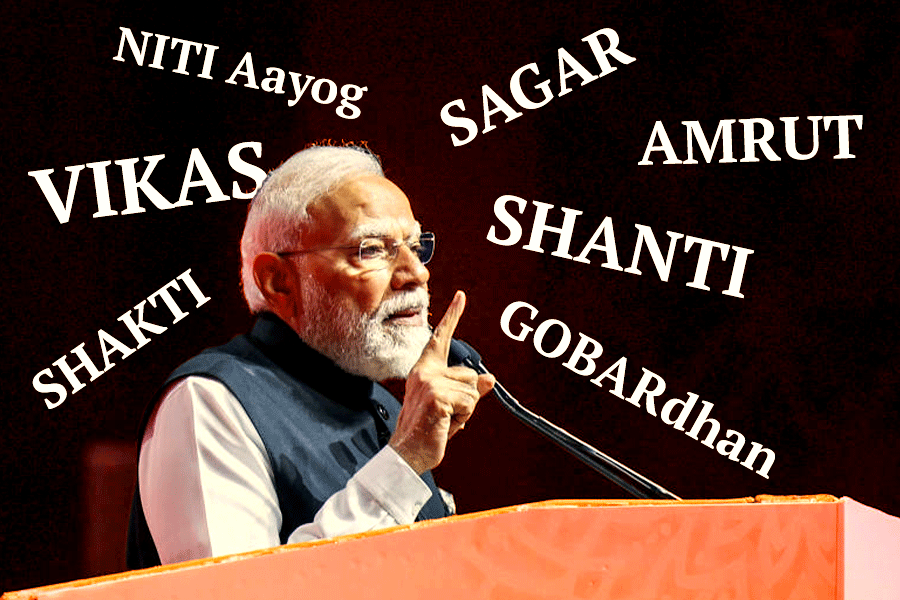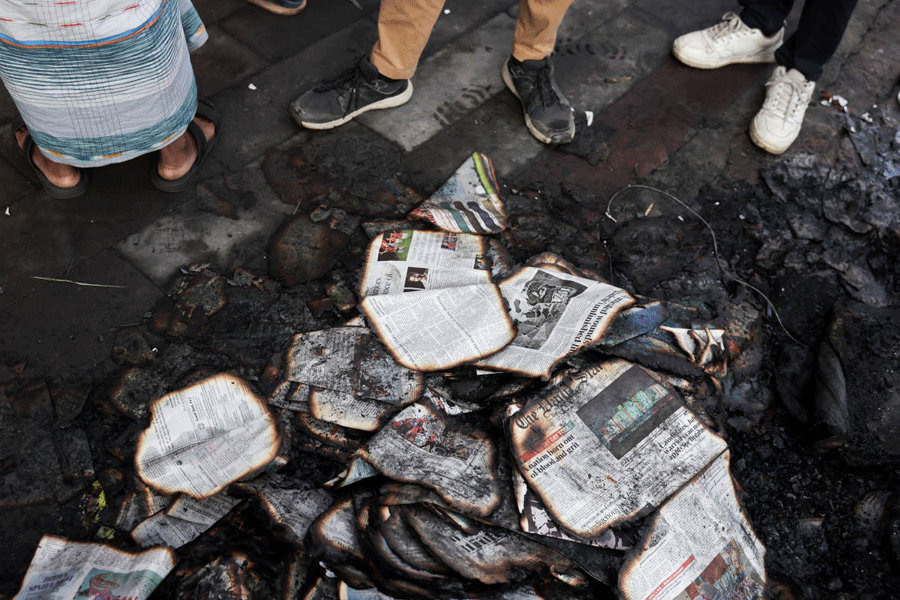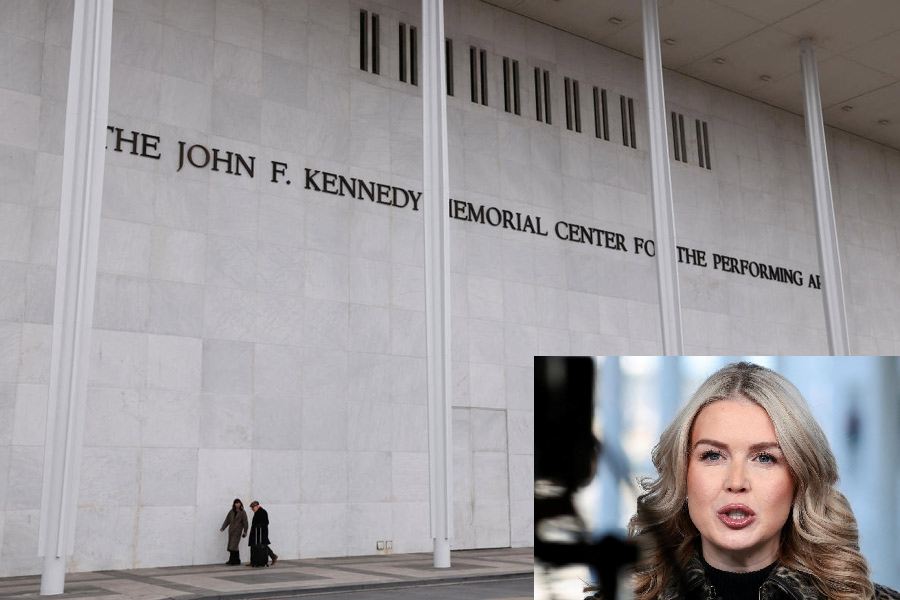 |
 |
 |
| Beyond borders: (From top) The area earmarked for the trade mart; men at work at the site; a map of the area Photos: Ashit Rai |
Soldiers guarding India’s border with China at Nathula swear to his omnipresence. In the dead of night, some of them claim to have seen Harbhajan Singh ? Baba to the jawans ? galloping through the remote Himalayan pass in Sikkim on a white stallion, slapping awake the dozing sentries.
Out on a routine foot patrol, Singh ? a soldier attached to the Punjab regiment of the Indian Army ? slipped into a swirling stream and drowned in 1968. Yet, like residents of the mountain villages, many army men believe that his spirit still roams the region, guarding the border.
For long years, Baba has been a symbol of the loyal soldier. In recent times, however, Baba’s proverbial spectre is a sign of the situation up on the 14,500-foot-high Nathula. For quite like the spirit, everything is a bit nebulous on the pass. Nathula is ? figuratively and literally ? clad in a blanket of fog as the government continues to dither on when the pass is going to open. And not just that, nobody is quite sure of what the trade ? if and when that happens ?will entail.
More than two years after India and China signed an agreement to carry out trade through Nathula, the border ? closed since the 1962 war with China ? has yet to open. October 2 ? the birth anniversary of Mahatma Gandhi ? was the D-day, a deadline set by both countries. But at the last minute, the decision was put on hold. China has not yet been able to build the infrastructure required to start the trade, the Sikkim government was told.
A letter from the minister of external affairs to the Sikkim government says the border can be opened only next spring when snow melts and the narrow, mountainous road to Nathula, only 56 km from the state capital of Gangtok, becomes passable.
“It’s a huge disappointment to us. We worked overtime for several months to build infrastructure on our side to start the trade, but now it has been postponed,” says B.B. Gooroong, advisor to Sikkim chief minister Pawan Chamling.
But then, the missing deadline is only symptomatic of the problems that shadow the Indo-China trade through Nathula, once part of the Silk Route. Traders in Sikkim have no clear idea what they will trade in once the border opens. Sikkim Chamber of Commerce president S.K. Sarda says it’s yet to get an official communication from the state or Union government on the items to be traded.
According to the Indo-Chinese agreement on Nathula, which capped then Prime Minister Atal Bihari Vajpayee’s visit to Beijing in June 2003, all items that pass through Shipkila in Himachal Pradesh ? the Himalayan trade route opened between India and China in 1992 ? will be sent or received through Nathula. And therein lies the rub.
The items, allowed for export through Shipkila, are mostly foodstuff such as rice, flour, tea and coffee. Cycles, clothes, shoes, blankets and cigarettes are also permitted for trade. But a list of 29 “exportable” items, finalised by both countries, leaves out what traders want most: cement, iron, sugar and medicines, to name a few.
It’s worse when it comes to import. A 1994 government of India notification ? which applies both to Shipkila and Nathula ? says Indian traders can have the customs duty waived only if they import items such as goat skin, horses, sheep, yak tails, yak hair and China clay. “It’s simply ridiculous. In 2005, you can’t trade with a foreign country following such lists of items,” exclaims Suresh Agarwal, general secretary of the Sikkim Chamber of Commerce. Traders are much less clear on the terms of trade and who would issue licences. “We don’t even know what the government’s policy on the Nathula trade is,” Sarda says.
But then, any trade through Nathula involves two countries and the Sikkim government only has a limited role to play ? a fact acknowledged by the traders. “We are acting as a facilitator and carrying out the directive of the central government and building infrastructure,” Sikkim chief secretary N.D. Chingapa says.
For all the hoopla over the opening of the route, Chingapa feels trade would be largely symbolic, to start with, involving residents of the border areas. “Let’s not count our chickens before they are hatched,” Chingapa cautions.
Other officials advise caution, too. “It will, initially, be on a small scale, but is expected to expand later,” says S.P. Subba, the additional secretary of the state department of commerce and industries which handles border trade.
In any case, the reopening of the border ? signs of a thaw in relations between the two Asian giants ? is measured more in diplomatic terms than in commercial value. The move is being seen in the corridors of power as a confidence-building measure the two countries have taken in recent times to reduce tension and improve relations.
To be sure, guns have long since fallen silent on this freezing, desolate border. In fact, arms are the last things that you see at Nathula today. Young Chinese soldiers ? attired in smart, snuff-coloured suits ? stand around chatting like a bunch of college students across a waist-high barbed-wire fence that splits India from its neighbour. “Nochia, Nochia,” they cluck excitedly as they handle an Indian reporter’s Nokia mobile phone flashing a message “Welcome to China”.
Peace reigns on the other side of the border, too. The only furore in recent times was the one stirred up by Indian soldiers when they sang and danced with Bollywood actor Shilpa Shetty, taken to the pass by a news channel as part of a programme on jawans. But beneath the calm surface and an atmosphere of bonhomie, bitter memories of the 1962 war ? and the 1967 Nathula Chola skirmishes that lasted 20 days and killed 40 Indian soldiers trying to thwart a Chinese attempt to seize a strategic post of Indian Army ? smoulder.
So Major-General K. T. Parnaik ? general officer commanding of the army’s 17th mountain division, which guards Nathula ? doesn’t expect much out of the opening of the pass. He holds that it will, at best, lead to a controlled trade. Indo-Tibet Border Police personnel will escort the vehicles carrying Chinese traders to Sherathang, about six km from Nathula. A trademart ? actually a collection of tin-roofed offices and warehouses ? is coming up there. An approach road to the border, too, is being constructed along with barracks and living quarters for government employees to be posted there.
And while the army is “ready to do its part and contribute to the nation’s efforts” to improve relations with China, Parnaik says it’s not going to “lower its guard” under any circumstances. The border disputes with China is still “a reality”, he adds.
But for Sikkim, the reopening of the Nathula means a lot. Until 1962, businessmen from Sikkim had done a roaring trade with Tibet, selling everything from bales of cloth to sacks of sugar. Goods were carried on the backs of the rugged mules; Nathula is barely 500 km from Lhasa, the capital of Tibet.
“We ? and our state ? were hit hard when the war broke out in 1962 and the trade stopped,” says Motilal Lakhotia, 80, one of the surviving merchants from that era. No wonder Chamling ?the thrice-elected chief minister of Sikkim, which merged with India in May 1975 ? had been pressing Delhi for nearly a decade to talk China into opening the trade route.
The landlocked state ?with no rail or air links?stands to gain most once the trade resumes. Even Bengal, which provides the nearest rail and air links, hopes to profit from it.
“The economic landscape of the entire region will change once the border trade starts,” says S.K. Mitra, senior vice-president (east) of UTI Bank, which has already opened an ATM at the 13,200-foot-high Thegu, on the way to Nathula. State Bank of India, too, plans to open a branch at Sherathang, which will be the trade hub.
A study on the trade route, carried out by the Nathula Trade Study Group, headed by Mahendra P. Lama of Jawaharlal Nehru University, paints a rosy picture. In its 300-odd-page report submitted to the state government last month, the group forecasts that trade through Nathula may top Rs 2,200 crore within five years of its opening.
Right now, that dream’s on paper. But the people of Sikkim believe that trade will open up a whole new world for them. And to make that happen, Agarwal of the Sikkim Chamber of Commerce urges Delhi and Gangtok to work together to remove all obstacles to a free and open trade. And the sooner it happens, he adds, the better.
After all, once the border opens and the goodwill flows in with the goods, Baba Harbhajan Singh will no longer be required to guard the border. Then his spirit might finally be able to rest in peace.











